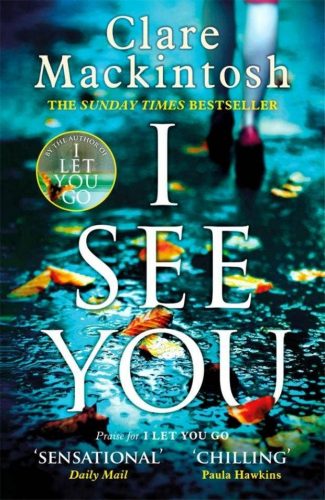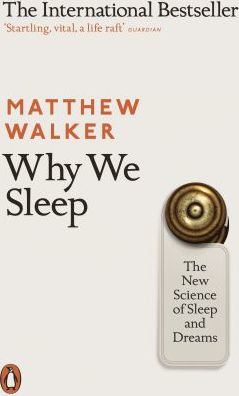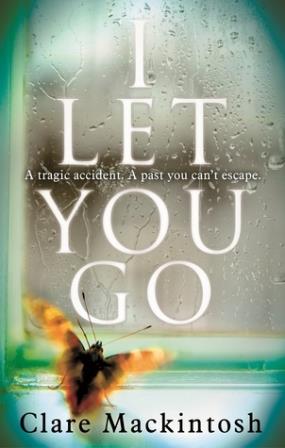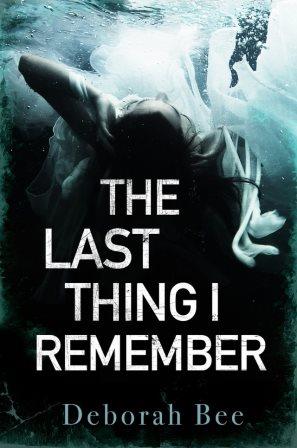
Imagine spotting your own photo in a newspaper advert.
Is it really you? It looks like you. How did the your photo end up in the classified section? Is it an error? Or is it something much, much worse?
What’s it about?
Zoe Walker is deeply unsettled when she spots her photo buried next to escort services in the London Gazette. Her family insist she’s worried over nothing, and soon there’s another woman pictured in that advertising space. Then Zoe discovers that the other woman has been murdered…
Meanwhile, Kelly Swift’s police career is stagnating, after a serious error left her languishing in the Neighbourhood Policing Team. Determined to help Zoe – and resurrect her career – can Kelly uncover the connection between an advert and a murder before Zoe becomes another victim of a very modern stalker?
What’s it like?
Delightfully sinister. Cleverly constructed. Ultimately unconvincing.
I see you. But you don’t see me. You’re engrossed in your book; a paperback cover with a girl in a red dress. I can’t see the title but it doesn’t matter; they’re all the same. If it isn’t boy meets girl, it’s boy stalks girl. Boy kills girl.
The irony isn’t lost on me.
The second person narrative that weaves through the novel is possibly the best bit: this voice is knowing, sinister, chilling.
Zoe, our first person narrator, is much more chaotic. Deeply unsettled by the photo, she searches for links between the series of women pictured and any crimes they may have fallen victim to, before deciding to leave the investigating to the experts and hunker down at home to wait for the police to arrest whoever’s responsible. Unfortunately, Zoe’s failed to realise that she’s starring in a psychological thriller, so the answers may be closer to home than she expects…
Kelly, whose story is told in the third person, is almost equally chaotic. Despite nearly losing her treasured career a few years earlier, she doesn’t seem to have learned anything about the necessity of following the rules, so it’s lucky that she has a good gut instinct that allows her to get into the Murder Investigation Team. Following the police investigation allowed for a genuinely interesting glance at interview technique and police strategy, which I liked.
I really enjoyed reading the story and finding out how the crimes were happening, but the ending is fundamentally unconvincing. Yes, it’s important to suspend disbelief when reading psychological thrillers, and yes, I did really enjoy reading this, especially the epilogue, BUT if you start thinking about any of the infrastructure of the plot, it doesn’t just creak, it collapses.
Final thoughts
I really liked the premise of this story, and although the first half felt a little slow-paced, primarily following Zoe around as she interacts with her boss, her family and her friends, the plot was intriguing and the tone delightfully sinister. The life of a commuter is vividly portrayed as one of predictable patterns and self-absorption and Mackintosh strongly recommends we pay a little more attention to our surroundings!
The ending felt clumsy. All of a sudden, the criminal makes a silly mistake and can’t seem to fix it, despite all their previous cleverness. A police officer sends a totally unbelievable communication to a victim. Then the criminal seems to become a completely different person. Then, as the cold light of doubt has been ushered in by this personality swap, and the other unlikely events, the reader might start considering whether the entire concept really works…
And yet. Equally, the ending is brilliant in many ways. I really enjoyed the contrasting perspectives and attitudes characters held towards other characters and previous events. This is the messiness of real life beautifully encapsulated in the microcosm of Zoe’s world. I also loved the way small clues from earlier in the story bloomed into significance at the end. That wasn’t a slow pace after all – it was a slow burn.
This was a really enjoyable thriller and I’ll definitely be reading more by Clare Mackintosh.


